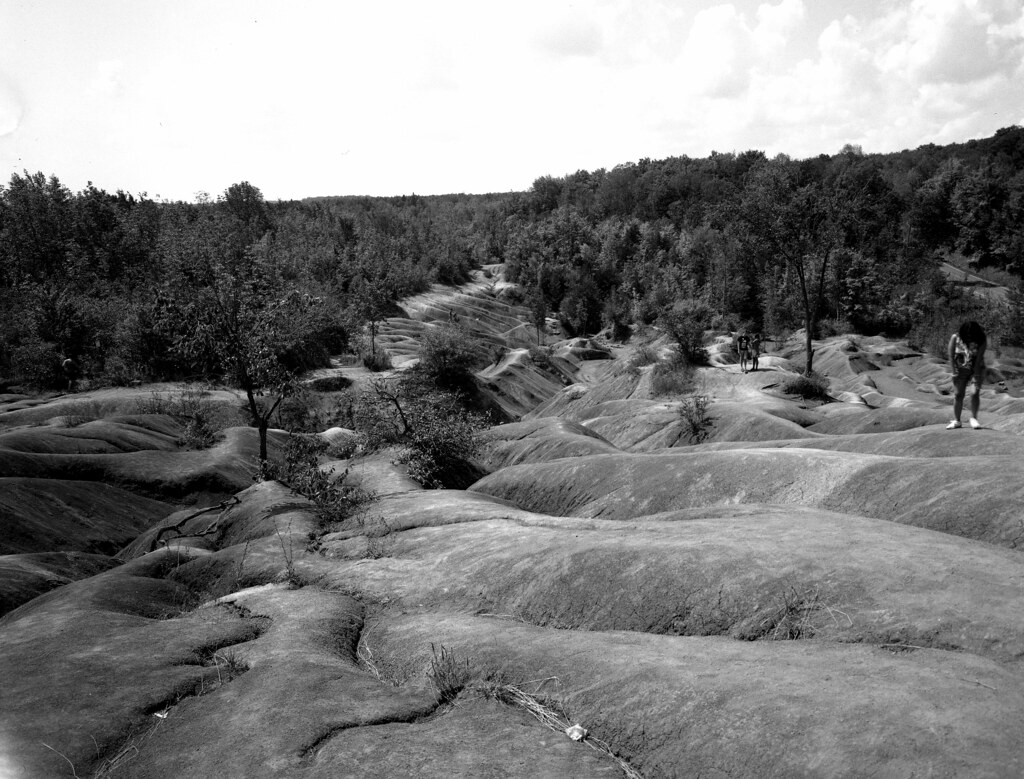I’ll admit, I love a good exotic film developer that can develop any film to their ideal conditions. But lets be honest here, some of these developers are expensive, hard to acquire and require rigorous attention to detail to make them work perfectly. And often are so fine tuned they will only work on a handful of film stocks that a also difficult to come by. Sometimes you want a developer that will do its job and nothing more than that. It doesn’t have to be fancy, compensate for over or under exposure. Produce ultra-fine grain, or enhance tonality and edge sharpness. Rather than present another list of fancy high-end developers here’s three basic developers that are good to keep in your film developing chemistry kit.
Kodak D-76
If you’re looking for a barebones jack-of-all-trades developer, look no further than Kodak D-76. D-76 is a basic Metol & Hydroquinone developer that will produce a good baseline result for any black & white film stock you can use. It can be found almost anywhere and under multiple names and brands. If you’re shooting a lot of Ilford chemistry, you can find it as Ilford ID11. Not to mention many clones from companies like LegacyPro, Arista, and Film Photography Project. And it is an economic developer who can reuse it in stock dilution or one-shot in either a 1+1 or 1+2 dilution. It also has a long shelf life under ideal conditions. It lets the film speak for itself and does little to the contrast, grain, or sharpness. Read my complete review of Kodak D-76, Ilford ID11, and Flic Film Classic MQ.




Kodak HC-110
If there is one developer that proved that developing at home is worth my time, money, and effort it is Kodak HC-110. Now since I started, HC-110 has changed in some aspects, but it produces a stunning result. Probably the best and worst parts about HC-110 is how adjustable it is. I say best because you can change the dilutions depending on how much time, how much film, and how much developer you have and also what you want the final results to look like, Because HC-110 is a high-contrast developer you can adjust how much it boosts the contrast is dependent on your dilution. You can crank up the contrast by developing with a strong dilution, 1+15 or Dilution A, 1+31 or Dilution B. If you want to add in some compensation, get that super dilute 1+63 or Dilution H (which is also unofficial). And yes, you can even stand develop using Dilution J. Of course, here is the confusing part, there are numerical designation and letter designations. Also it depends on which version of HC-110 you have. The modern version is a 1L bottle of a thinner liquid that you mix from the concentrate. The older version is a thick liquid that you can either mix from concentrate or mix the entire bottle to a stock solution and dilute from there. Of course, you can also do all the same dilutions from concentrate using Ilford Ilfotec HC or LegacyPro L110. And these are perfect clones, I use every dilution I have in my pocket for HC-110 with L110 and Ilfotec HC. And while there are certainly questions about the longevity of the new HC-110 over the original stuff. I have personally switched to Ilfotec HC and it has a nice balance between ease of use and longevity. You can read my reviews of Kodak HC-110, Ilfotec HC, and L110 online.




Rodinal
If you’re looking for a singular specialty developer within a list for general purpose developers then look no further than Rodinal. It also holds the distinction of being the oldest commercial developer that is still produced today. First introduced by Agfa in the late 19th Century. Rodinal is designed to produce high-contrast and high edge sharpness. These two qualities combined produced sharp negatives. The problem is that using the two standard dilutions 1+25 and 1+50 Rodinal is not a compensating developer and if you have a grainy film, the grain will be noticeable. But don’t let that bother you, Rodinal is an excellent developer when you want to show off the sharpness of films that promote that they are both fine-grain and have excellent sharpness. But there is also a bit of a ace up the sleeve for Rodinal, you can use it for stand and semi-stand developing. Using a 1+100 or 1+200 dilution and then a one hour and two hour development time respectably. The stand-development does give a touch of compensation and is handy when you’re unsure of what sort of film you’re dealing with. You can read my review of Rodinal online.




While this certainly isn’t a complete list of basic developers, these are the three that I will always keep on hand as they are the most versatile and will handle a good 80% of what I do when developing. And as someone who does a lot of film reviews, having three base line developers that you can get almost anywhere and in almost any form, they offer up a place to start for those who are looking to get into home B&W film development.
All 3 are excellent choices. I have to admit I am a little biased as they are also my 3 faves!!!
Nice run down. Have to say I haven’t personally used D76 or Rodinal. HC-110 does it all for me and when it doesn’t, I mix up some D23 or a variant thereof.
Cheers again.
Why not Ilfosol 3?
Poor shelf life.
XTOL, HC110 and Rodinal are my choices.
All solid choices!
An interesting trio in that I started on D-76 in 1967 while adding HC-110 and Rodinal in 1980. Those three are still in my cabinet today.
Where would D-23 fit in this lineup?
I don’t feel D-23 fits in a beginner or standard set of developers anymore. As it is no longer commercially produced (save specialty manufacturers).